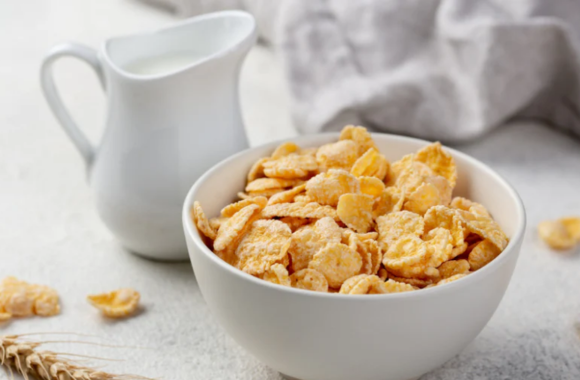When it comes to starting your day, breakfast plays a major role in setting the tone. Most of us love the convenience of a quick bowl of flakes with milk. But the big question is: Corn Flakes vs Millet Flakes – which is better for your health? Let’s dive deep into the comparison, especially for people in India who are slowly shifting back to traditional, healthy grains.
What are Millet Flakes?
Millets flakes are made by flattening and processing nutrient-rich millets like ragi, jowar, bajra, foxtail millet, kodo millet, little millet, and proso millet. They are packed with:
-
High fiber content
-
Plant-based protein
-
Essential minerals like calcium, iron, and magnesium
-
Naturally gluten-free properties
In Tamil Nadu, for example, ragi (finger millet) flakes are very popular as they keep the body cool and provide steady energy throughout the day.
Buy our product - Millet Flakes
What are Corn Flakes?
Corn flakes, on the other hand, are made from toasted corn. While they are a convenient and widely consumed breakfast, most commercial cornflakes are:
-
Low in fiber
-
High in sugar (depending on the brand)
-
Less filling compared to millet flakes
-
Lacking in essential micronutrients
Corn flakes may give you a quick burst of energy, but they don’t sustain hunger for long, often leaving you hungry again within a short time.
Buy our product - Corn Flakes
Nutritional Comparison – Millet Flakes vs Corn Flakes
|
Nutrient |
Millets Flakes (100g) |
Corn Flakes (100g) |
|
Calories |
350–370 kcal |
360–380 kcal |
|
Protein |
8–10g |
6–7g |
|
Dietary Fiber |
6–9g |
2–3g |
|
Iron |
3–5 mg |
1–2 mg |
|
Calcium |
100–350 mg (varies by millet) |
20–40 mg |
|
Glycemic Index (GI) |
Low to Medium (better for diabetes) |
High GI (not ideal for diabetes) |
Clearly, millet flakes beat corn flakes when it comes to nutritional density.
Why Millets Flakes are Better for Indian Lifestyles
-
Sustained Energy – Perfect for long working hours or for school-going children.
-
Diabetes-Friendly – Their low glycemic index makes them suitable for people managing sugar levels.
-
Weight Management – High fiber keeps you fuller for longer, reducing unnecessary snacking.
-
Supports Traditional Diets – In states like Tamil Nadu, Karnataka, and Andhra Pradesh, millet has always been part of traditional meals, making it a culturally rooted choice.
Taste and Versatility – Millets Flakes vs Corn Flakes
-
Corn Flakes – Usually eaten with milk and sugar, limited variety.
-
Millets Flakes – Can be used in multiple ways:
-
With hot milk as porridge
-
As an upma or poha-style breakfast
-
In smoothies
-
Even in healthy snacks like millet chivda
So, millet flakes not only provide better nutrition but also allow more variety in your diet.
Millets Flakes vs Corn Flakes for Kids
Parents often wonder which is better for children. While corn flakes may seem attractive due to their taste and branding, millet flakes provide natural energy, stronger bones (thanks to calcium in ragi), and better immunity.
For example, ragi flakes porridge is an age-old food in Tamil households to support child growth.
Conclusion – Millets Flakes vs Corn Flakes
When comparing Millets Flakes vs Corn Flakes, the clear winner is Millets Flakes. They are more nutritious, versatile, and better suited to Indian dietary needs. Corn flakes may still be a quick option, but they cannot match the holistic health benefits of millet flakes.
👉 If you are looking for a smart, healthy, and traditional breakfast choice, switch to millet flakes today. They not only nourish your body but also reconnect you with India’s rich food heritage. At MilletMarket.com , you can explore a wide variety of millet flakes like ragi flakes, foxtail flakes, and jowar flakes – all chemical-free and farm-fresh.




